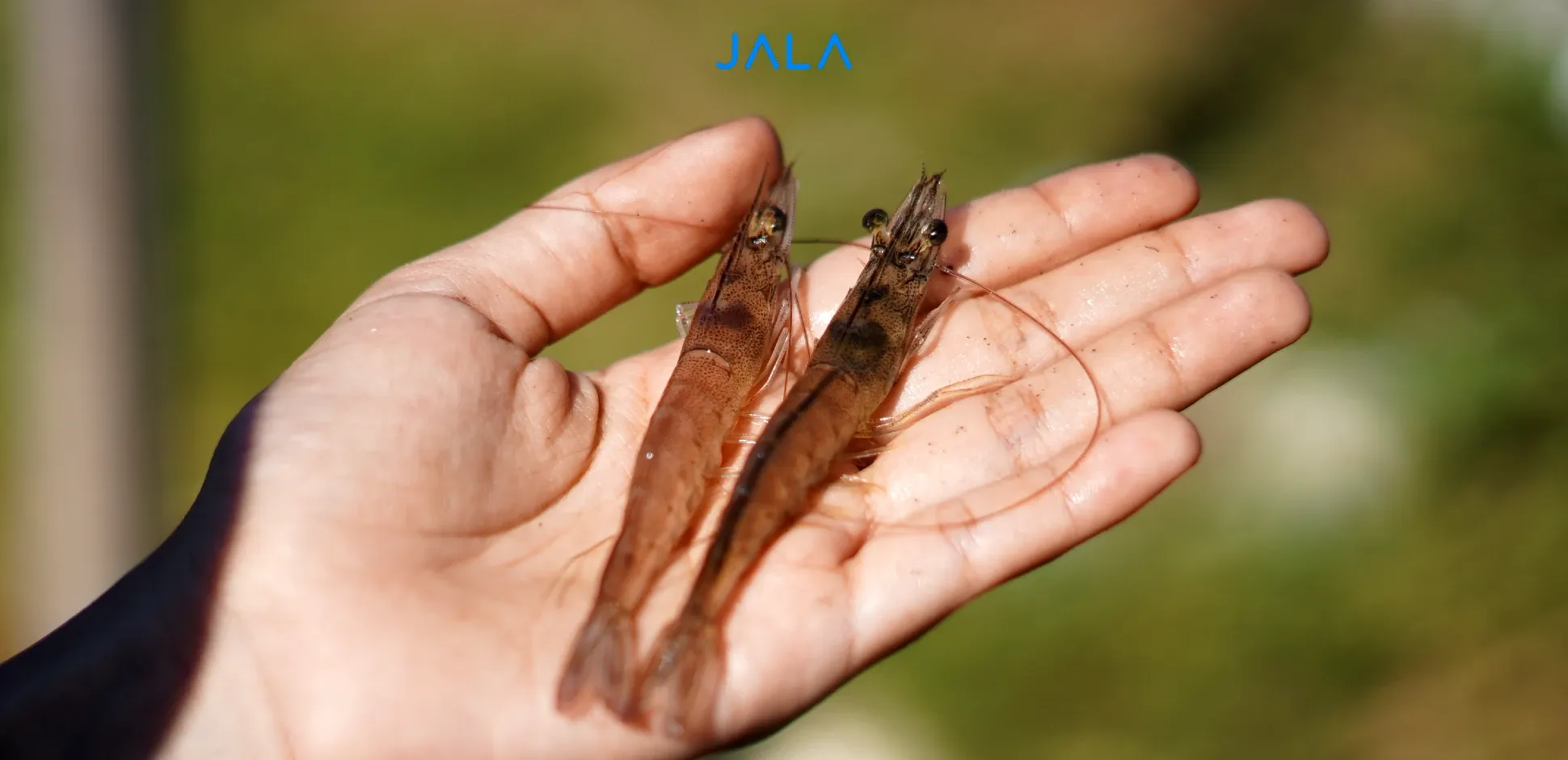
Before starting a shrimp cultivation, shrimp farmers should begin by learning about the differences between marine shrimp and farmed shrimp. Due to living in different habitats, both have distinctive characteristics and needs, thus requiring a different approach in maintaining their growth.
For the complete guide to the differences between marine and farmed shrimp, check out the full explanation below!
Contents
Related ArticlesLogin to Read the Full Article
Use your Jala account to read this article. If you don't have an account, please register on Jala App.





